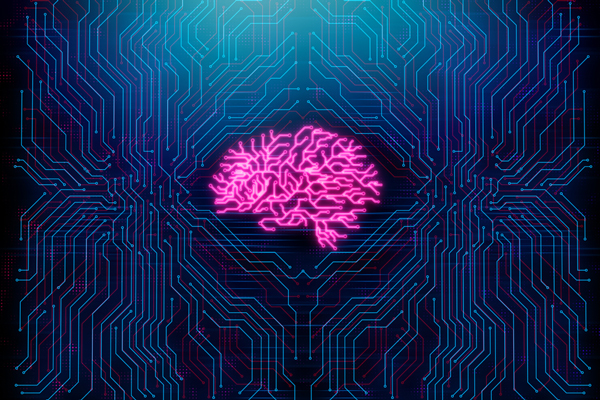Unleashing the Power of Brain-Inspired Computing
In the ever-evolving realm of technology, a revolution is quietly unfolding, one that promises to redefine the way we approach computing and artificial intelligence. Neuromorphic engineering, inspired by the intricate workings of the human brain, is paving the way for a new era of intelligent machines and cognitive computing. This article delves into the fascinating world of neuromorphic engineering, where the lines between biology and technology blur.
The Brain as a Blueprint:
Neuromorphic engineering takes its inspiration from the most complex and efficient information-processing system known to humankind—the human brain. This biological masterpiece consists of approximately 86 billion neurons connected through trillions of synapses, enabling it to perform astonishing feats of cognition, learning, and adaptation.
Mimicking Neurons and Synapses:

At the core of neuromorphic engineering is the attempt to replicate the fundamental building blocks of the brain: neurons and synapses. Neurons are emulated using hardware or software components that simulate their behavior, while synapses are mimicked as dynamic connections that can strengthen or weaken based on the patterns of data they receive.
Spiking Neural Networks:
One of the primary paradigms in neuromorphic engineering is the use of spiking neural networks (SNNs). Unlike traditional artificial neural networks (ANNs), which rely on continuous firing rates, SNNs operate on discrete spikes, akin to the way neurons communicate in the brain. This approach not only conserves energy but also allows for more biologically realistic information processing.
Applications Abound:
The potential applications of neuromorphic engineering are vast and diverse, spanning multiple domains:
- Cognitive Computing: Neuromorphic chips are being developed for tasks like pattern recognition, sensory processing, and decision-making. These chips can excel in real-time, low-power applications where traditional processors may struggle.
- Robotics: Neuromorphic hardware and software enable robots to perceive their environments, learn from experiences, and adapt to new situations, making them more versatile and capable.
- Healthcare: In the field of healthcare, neuromorphic systems can be used for brain-computer interfaces, prosthetic limbs controlled by thought, and even early detection of neurological disorders.
- Autonomous Vehicles: Self-driving cars and drones can benefit from neuromorphic technology to process sensor data efficiently and make rapid decisions in complex environments.
Energy Efficiency: One of the standout features of neuromorphic computing is its remarkable energy efficiency. By emulating the brain’s efficient neural processing, neuromorphic systems can perform complex tasks while consuming significantly less power than traditional computing architectures.
Challenges and Advancements:
Despite its tremendous promise, neuromorphic engineering faces several challenges. Scaling up neuromorphic systems to match the complexity of the human brain is a monumental task. Additionally, achieving a balance between biological fidelity and practical utility remains a challenge in hardware design.
However, recent advancements in materials, neuromorphic hardware, and machine learning techniques are accelerating progress in the field. As researchers continue to uncover the secrets of the brain and refine neuromorphic designs, we can expect increasingly sophisticated applications and a deeper understanding of cognition and intelligence.
Conclusion:
Neuromorphic engineering is a captivating journey into the intersection of biology and technology. It offers the tantalizing prospect of machines that think, learn, and adapt like the human brain, bringing us closer to the realization of artificial general intelligence. As this revolutionary field continues to evolve, it may very well reshape the landscape of computing and usher in a new era of intelligent, energy-efficient, and adaptive technologies.